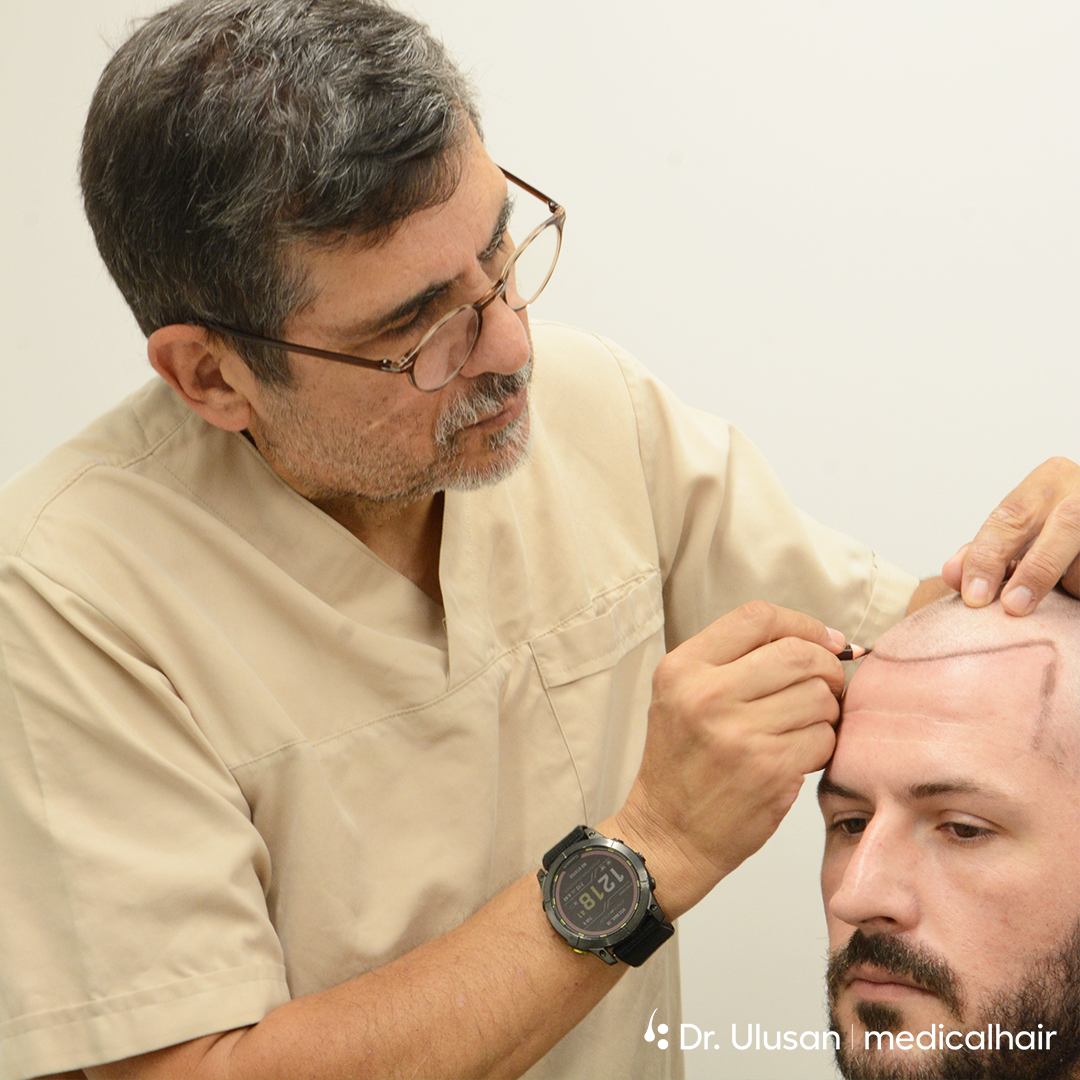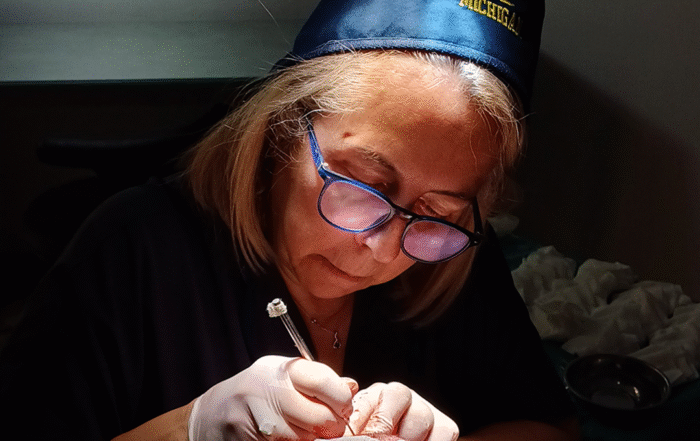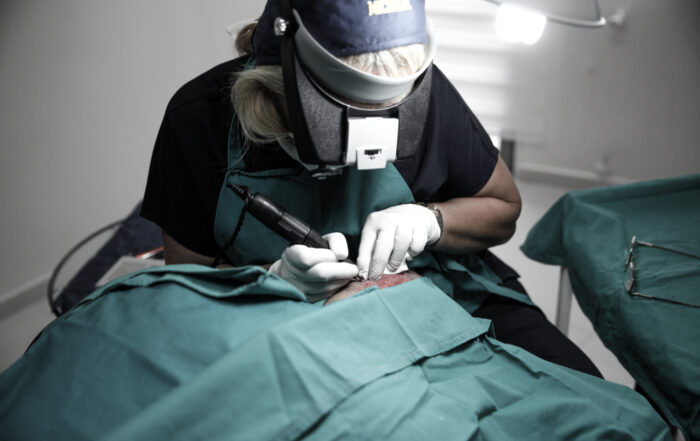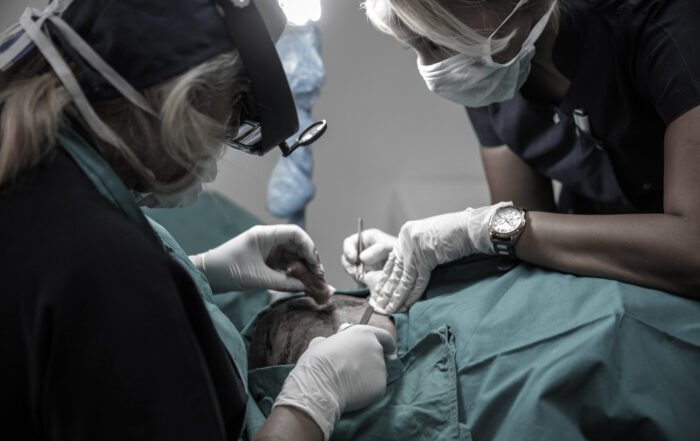
Trichotillomania: Can Hair Transplant Be a Solution?
TTM is a hair-pulling disorder that can lead to lasting hair loss. This article explores when hair transplantation becomes a safe and effective option after behavioral recovery. Learn about diagnosis, treatment stability, and how hair restoration techniques can help.
Post Author:
medicalhair
Categories:
Date Posted:
November 4, 2025
Share This:
What is TTM?
Trichotillomania (TTM) is a psychiatric impulse-control disorder characterized by recurrent hair-pulling leading to noticeable hair loss and functional impairment. From the perspective of a hair restoration specialist, the question arises: when or whether a hair transplant may be appropriate for a patient with TTM.
Overview of Trichotillomania
Definition and Epidemiology
Trichotillomania is defined by the recurrent pulling out of one’s hair, resulting in hair loss, attempts to stop the behavior, and significant distress or impairment. Epidemiologic studies estimate a point prevalence of approximately 0.5% to 2.0% in the general population.
Clinical Features & Diagnosis
Common presenting features: patchy hair loss, broken hairs of various lengths, negative hair-pull test in many cases, and trichoscopic changes (e.g., broken shafts, “V-signs”, flame hairs). The scalp is the most commonly affected site; eyebrows, eyelashes, pubic hair and other body sites may also be involved.

Hair Transplantation in the Context of TTM: Opportunity & Challenges
- Some patients with TTM, once behavior is controlled or in remission, may be left with permanent hair-follicle damage or localized scarring alopecia that does not spontaneously regrow. In such cases, hair restoration techniques such as follicular unit extraction (FUE) or strip grafting may be considered, provided the underlying disorder is stabilized.
- Transplantation may contribute to psychosocial rehabilitation: improving appearance, self-esteem, and quality of life, particularly when the trigger behavior is controlled.
Key Considerations
However, multiple key considerations apply before proceeding:
- Active hair-pulling behavior: If the patient continues to pull or has recent episodes, transplanted grafts may be damaged or lost
- Stability of the condition: The patient should ideally have a sustained remission (commonly ≥ 12 months) of hair-pulling behavior, with no active scalp symptoms (itching, tingling, burning) and no recent enlargement of the bald area.
- Donor-hair adequacy: As with any transplant, a sufficient donor supply must exist and donor area must be evaluated (density, calibre, potential donor site pathology).
- Scarring or follicular damage: If the pulling has caused scarring alopecia, the prognosis for graft survival may be lower and the patient should be counselled accordingly.
The Hair Transplant Solution: A Restorative Option After Trichotillomania
For individuals who have overcome trichotillomania, hair transplantation can offer more than aesthetic improvement. It can be a powerful step toward emotional healing and self-confidence. Once the hair-pulling behavior has been stable for a prolonged period and the scalp is healthy, surgical restoration may safely replace areas of irreversible hair loss. Modern techniques such as FUE can recreate natural density and contours with lasting results. When performed at the right time and by the right surgeons, hair transplantation can truly serve as the final phase of recovery for those who have conquered trichotillomania.
References
- Duke DC, Keeley ML, Geffken GR, Storch EA. Trichotillomania: A current review. Clin Psychol Rev. 2010;30(2):181-193. doi:10.1016/j.cpr.2009.10.008
- Grant JE, Chamberlain SR. Trichotillomania. Am J Psychiatry. 2016;173(9):868-874. doi:10.1176/appi.ajp.2016.15111432
- Issa NT, Tosti A. Trichoscopy for the Hair Transplant Surgeon-Assessing for Mimickers of Androgenetic Alopecia and Preoperative Evaluation of Donor Site Area. Indian J Plast Surg. 2021;54(4):393-398. Published 2021 Dec 20. doi:10.1055/s-0041-1739245
- Kaczorowska A, Rudnicka L, Stefanato CM, et al. Diagnostic Accuracy of Trichoscopy in Trichotillomania: A Systematic Review. Acta Derm Venereol. 2021;101(10):adv00565. Published 2021 Oct 7. doi:10.2340/00015555-3859
References
- Duke DC, Keeley ML, Geffken GR, Storch EA. Trichotillomania: A current review. Clin Psychol Rev. 2010;30(2):181-193. doi:10.1016/j.cpr.2009.10.008
- Grant JE, Chamberlain SR. Trichotillomania. Am J Psychiatry. 2016;173(9):868-874. doi:10.1176/appi.ajp.2016.15111432
- Issa NT, Tosti A. Trichoscopy for the Hair Transplant Surgeon-Assessing for Mimickers of Androgenetic Alopecia and Preoperative Evaluation of Donor Site Area. Indian J Plast Surg. 2021;54(4):393-398. Published 2021 Dec 20. doi:10.1055/s-0041-1739245
- Kaczorowska A, Rudnicka L, Stefanato CM, et al. Diagnostic Accuracy of Trichoscopy in Trichotillomania: A Systematic Review. Acta Derm Venereol. 2021;101(10):adv00565. Published 2021 Oct 7. doi:10.2340/00015555-3859



